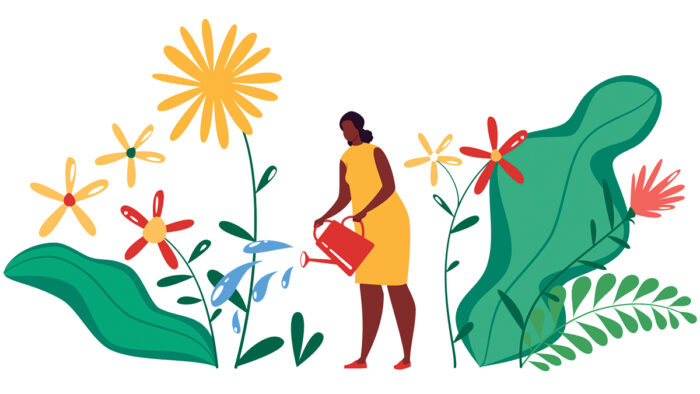
The crisis in water availability continues to make international headlines and has always been a topic of discussion for farmers and gardeners alike. However, increasing and prolonged droughts, heat waves, violent weather events, and other climate concerns are troubling occurrences that impact the entire planet. As gardeners, we can appreciate the importance of water for our landscapes, but we can all do more to provide water resources in a more efficient manner. Running a typical sprinkler for just an hour equates to the domestic daily water use for a U.S. family of four. During hotter summers, an average of 50% of our water use can be attributed to garden needs. Various watering approaches with various levels of efficiency also create waste that should be avoided. As water supplies become more compromised and more limited, conservation becomes even more important. No matter if you’re a beginning gardener or a seasoned veteran, it’s good practice to do a periodic review of whether or not you are making every drop count.
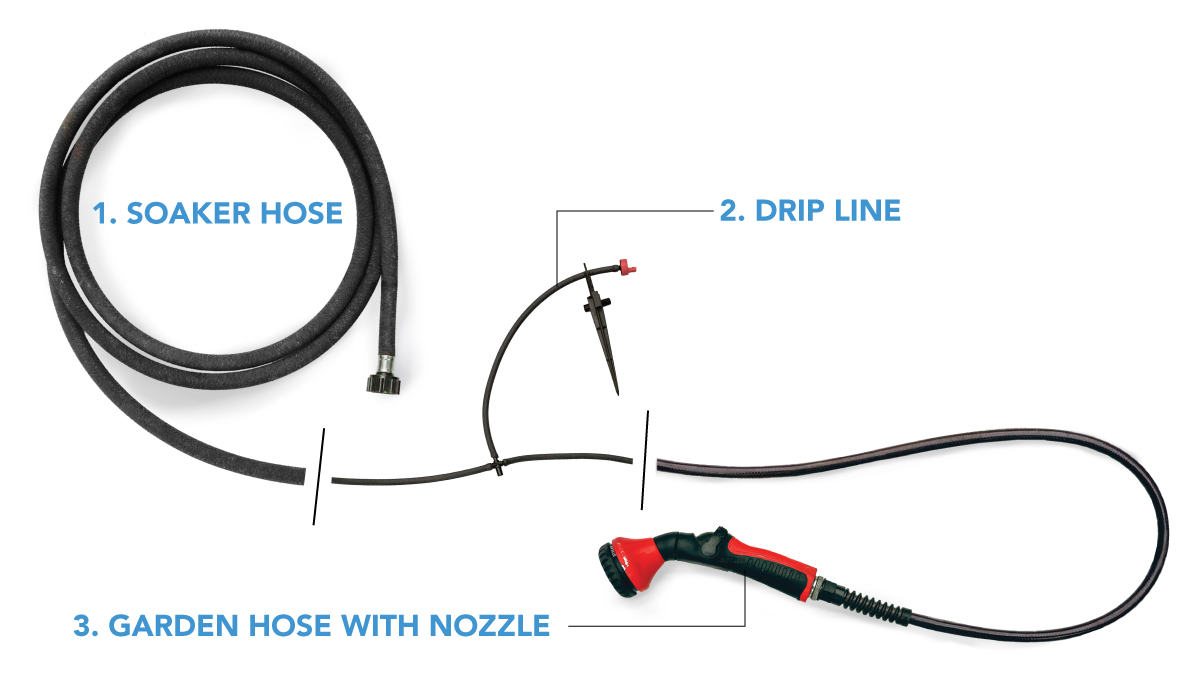
- Soaker hose – Made from materials such as recycled rubber, polyurethane, polyvinyl chloride (PVC), and sometimes even fabric, this porous water delivery option is great for vegetable gardens and ornamental planting beds.
- Drip line – The customizable and directed tubing of this watering method makes it an excellent choice for when you need to water numerous plants in beds as well as in containers.
- Garden hose with nozzle – When just a few plants need a good soaking, nothing beats a simple garden hose and nozzle for accurately delivering water right where you need it.
Dramm 17050 50′ ColorStorm 1/2″ Standard Soaker Hose
- Conveniently waters garden and beds
- 50 ft. by 1/2 inch diameter made from recycled material; lifetime guarantee
- Made in the USA
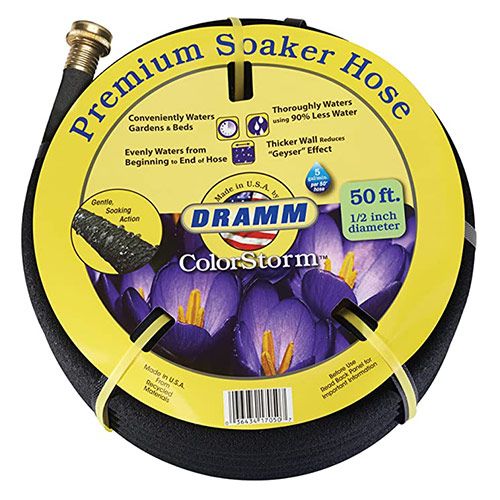
Water Right PSH-100-MG-1PKRS 400 Series, 100-Foot, Olive Green
- 3 Pounds
- 1200"L x 0.43"W
- Manufactured in the USA
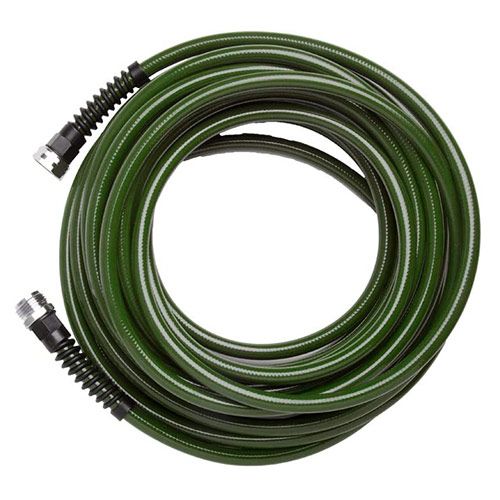
Dramm Revolution Adjustable 9-Pattern Metal Hose Nozzle
- Ergonomic insulated grip
- Maximum pressure of 90 PSI
- Fully adjustable spray pattern
- No trigger lock
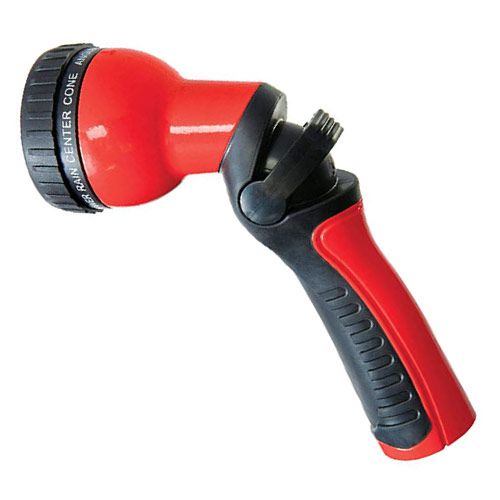
Get to know your plants’ watering needs and how to minimize usage
A good place to start when examining garden watering is to answer this question: How much water do your plants really need? This big-picture consideration is sometimes overlooked, since watering often pops onto our radars during the hottest months, when our plants are under great stress and we observe dry soil and wilting leaves and stems. However, if you provide your plants with their water needs throughout the year, they will be happier, healthier, and more resilient during periods of stress.
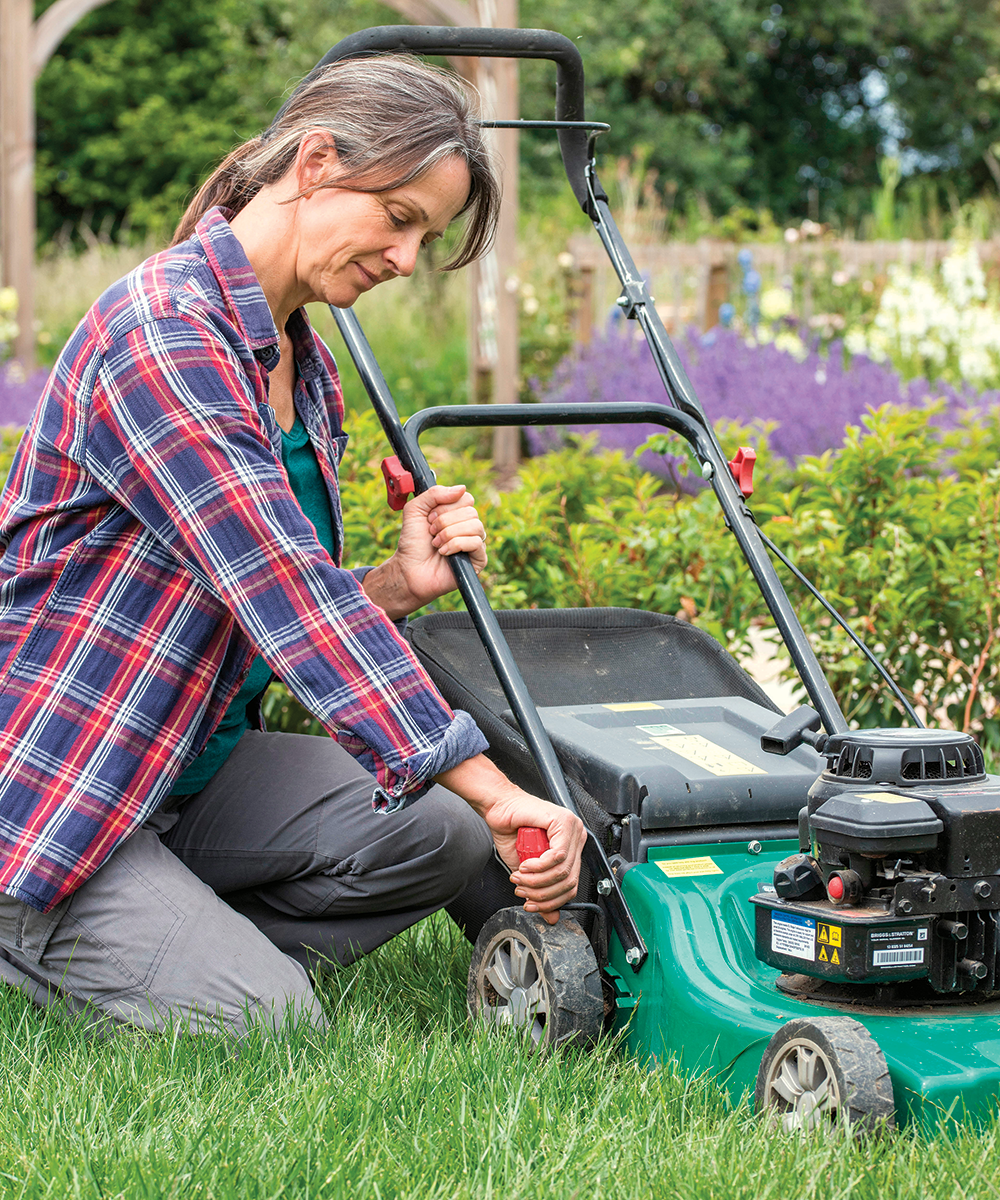
Obviously, there is no one-amount-fits-all when it comes to water needs for plants. But there are some general rules of thumb you can follow for average plant types. In general, established annuals, vegetables, and perennials require 1 to 2 inches of water per week, woody plants need 1 to 3 inches per week, and turf requires 1 to 1-1/2 inches per week. Some gardening techniques can help lessen watering frequency and volume. Improving your soil to hold and retain more moisture by adding organic matter is a great step that has additional nutritional merits for your plantings. Following proper mulching techniques can also help improve your soil’s moisture retention.
Turf, of course, requires the most significant water input. Minimizing or limiting turf areas or allowing them to go dormant in hot summers can directly mitigate watering inputs for those spaces. Even mowing lawn areas at a taller height (2-1/2 to 3 inches) can lessen watering requirements by shading the soil and supporting more roots to withstand heat and drought.
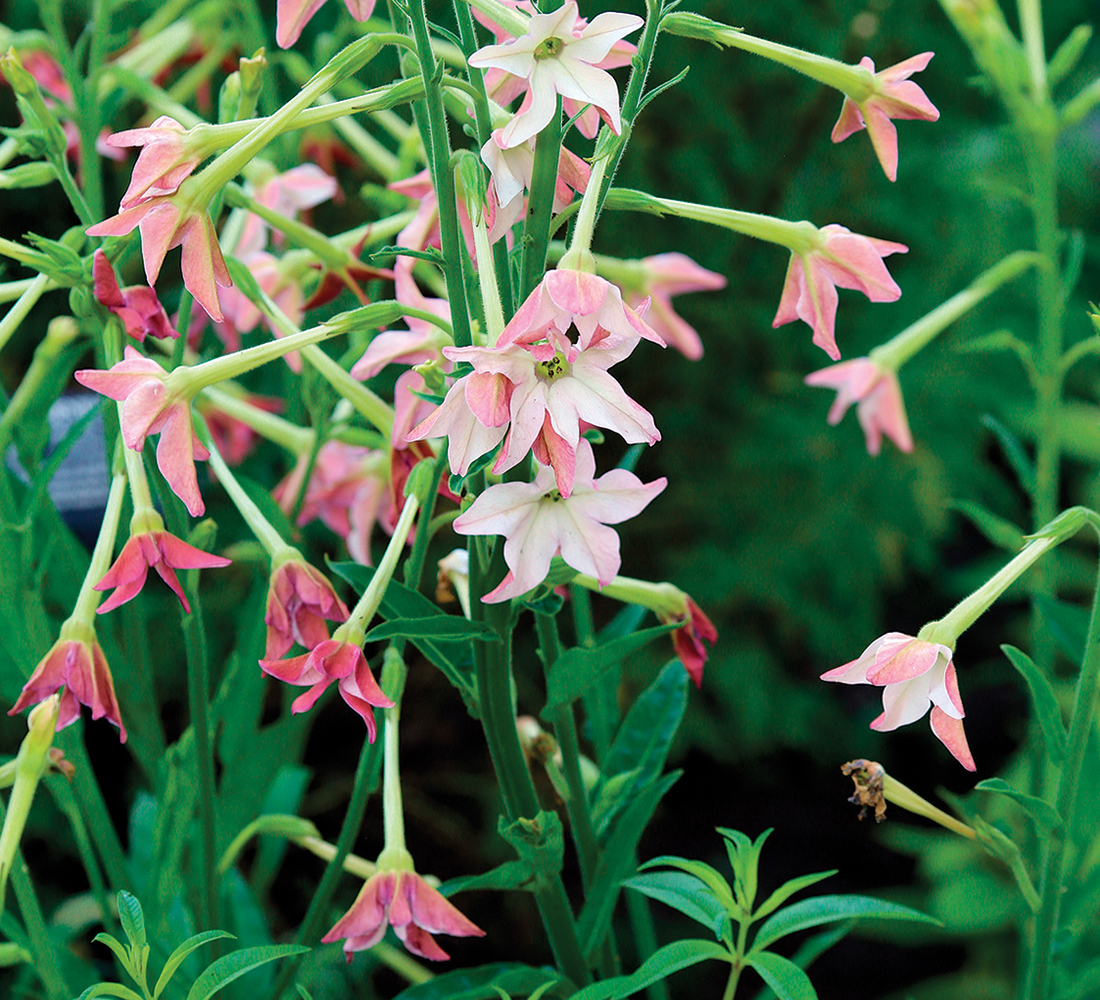 |
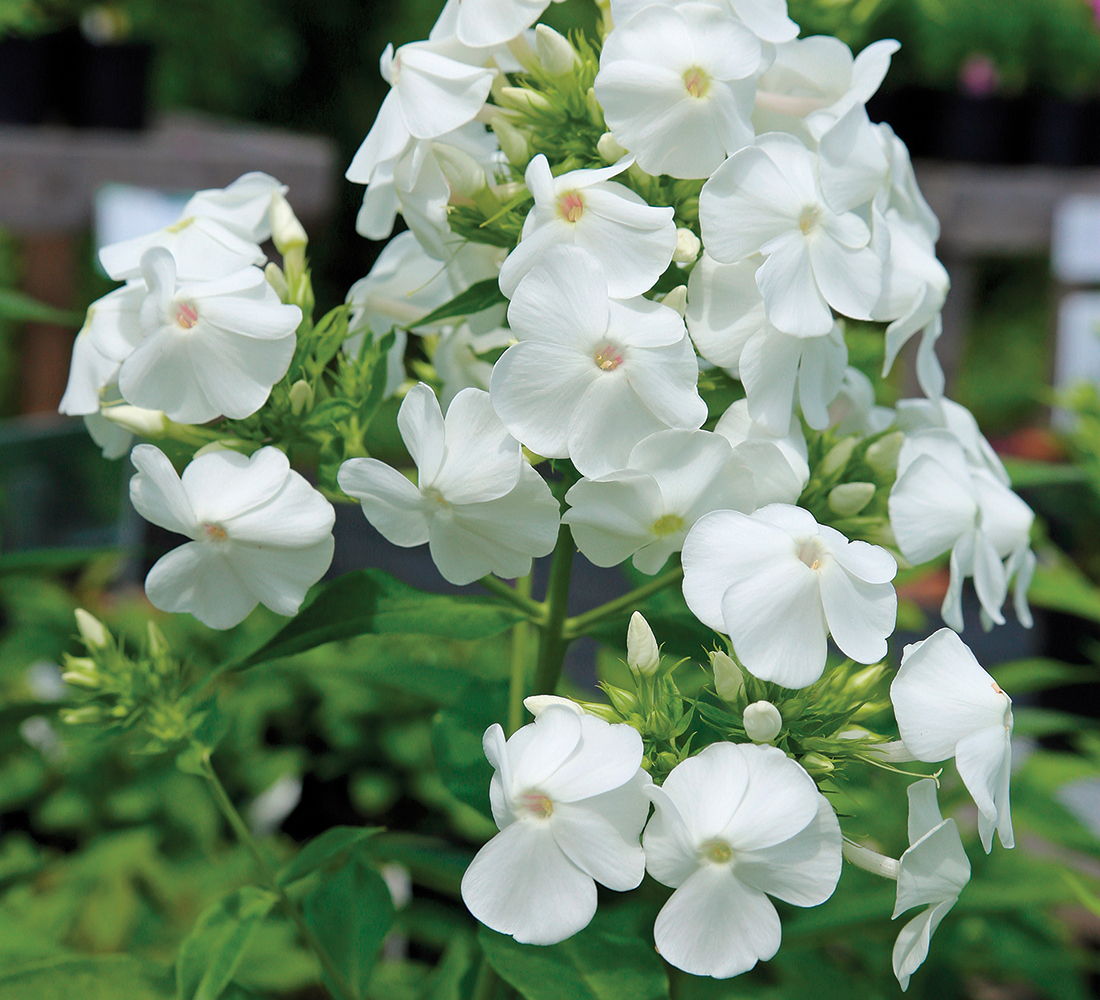 |
Other ways to minimize water input include selecting plants that are more drought tolerant and grouping plants with similar watering needs together. This allows you to target specific areas for watering and not individual plants. Keep in mind that drought-tolerant plants aren’t drought tolerant until they become established, which does require appropriate watering. Plants native to your region may prove substantially more resilient in landscapes that have water-use restrictions or that will experience periodic drought in native soil. Consult with folks at your local nursery or garden center to identify these “water-wise” plants. Native selections also have significant value for native wildlife and pollinators.
 |
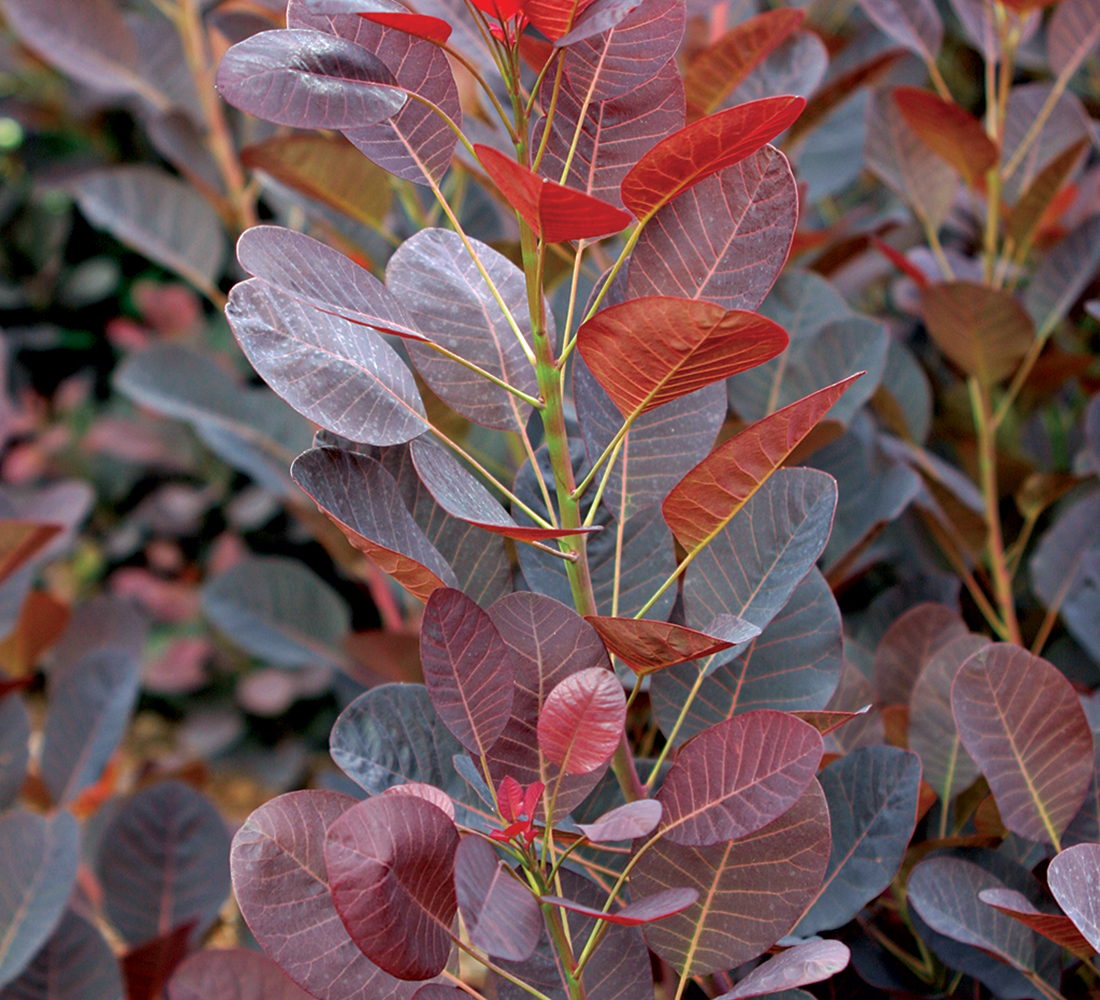 |
 |
Also, consider ways to collect and retain water on-site to use for garden watering. A garden can be designed to help maximize the use of “free water.” Rain gardens are popular and attractive basins for redirected water from impervious surfaces such as roofs, roads, and sidewalks. Saving rainwater from rooftops and other surfaces in barrels or other receptacles is another common way to reclaim precipitation for later use. There is also ongoing research on collecting and utilizing gray water (domestic wastewater) in certain garden situations.
Four golden rules of water-wise irrigation

1. Placement
Depending on the type of watering method you’re using, a major factor in effectiveness is proper and ample coverage. Take into account obstacles and challenges that might create “dry shadows” or spots that need additional attention. The best placement of your watering devices should be to achieve the most comprehensive watering (both the application and desired volume) over the entire target area.
2. Timing
Early morning, while not always realistic, is the best time for watering, as the weather is cooler and evaporation rates are lower. The second-best time to water is late afternoon or in the evening; just try to minimize instances of your plant leaves sitting wet overnight, which encourages disease.
3. Frequency
A good rule of thumb for how often to water is two to three times per week or as needed to really get an efficient soaking in desired locations. This is obviously affected by variables such as weather conditions and soil composition, but the ideal formula is to water less frequently and more deeply. Containers often need more frequent watering.
4. Duration
The length of time a garden area is watered directly relates to applied volume and varies depending on conditions. A deeper, more lengthy soaking is ideal for plants to establish more significant rooting, as opposed to brief, low-volume watering episodes, which encourage shallow rooting. This practice is especially important for the most water-wise care of lawn areas.
Three things to avoid
1. Don’t quickly water large areas by hand with a garden hose and nozzle; this typically results in only the soil surface getting wet and the roots remaining dry as a bone.
2. Try not to water every day, which encourages water-use inefficiencies and shallow root growth.
3. Stop watering during the middle of the day, when the sun and heat (and evaporation rates) are at their highest points.
When and how much to water?
The timing of your watering and how much water to use play a significant role in the effectiveness of your efforts and your use of a precious resource. Here are some general watering guidelines for plants by type. Water amounts are indicated by the number of inches of water per square foot.*
| Type of Plant | Time of Day | How Much |
| Annuals | Early Morning | 1 to 2 inches per week |
| Perennials | Early Morning | 1 to 2 inches per week |
| Vegetables | Early Morning | 1 to 2 inches per week |
| Woody Plants | Evening/Night | 1 to 3 inches per week |
| Turf | Early Morning | 1 to 1-1/2 inches per week |
*1 inch of water in 1 square foot = 0.62 gallons
Mark Dwyer is a residential landscape consultant and designer in Janesville, Wisconsin, with degrees in landscape architecture and urban forestry.





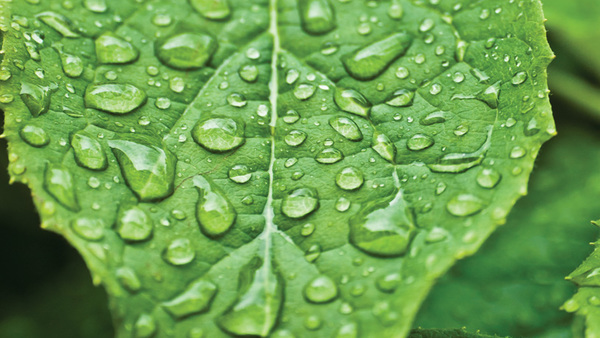













Comments
Log in or create an account to post a comment.
Sign up Log in